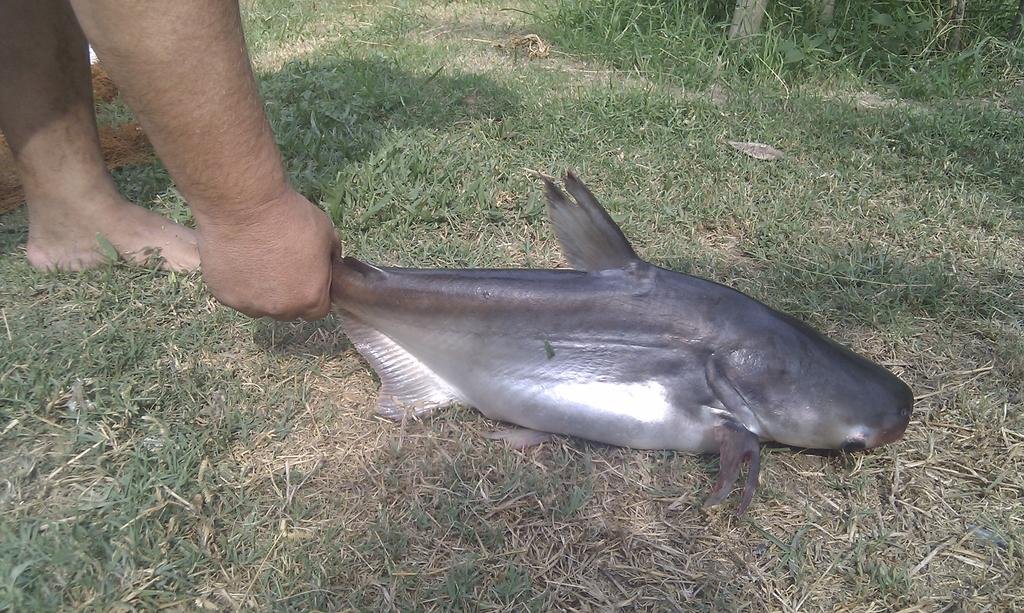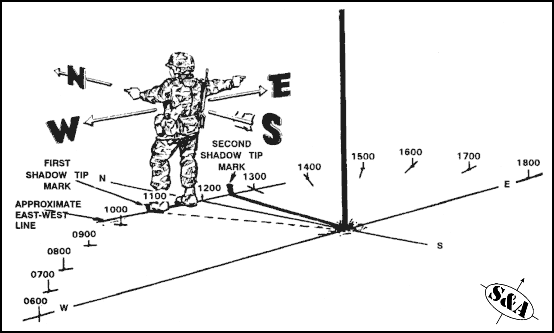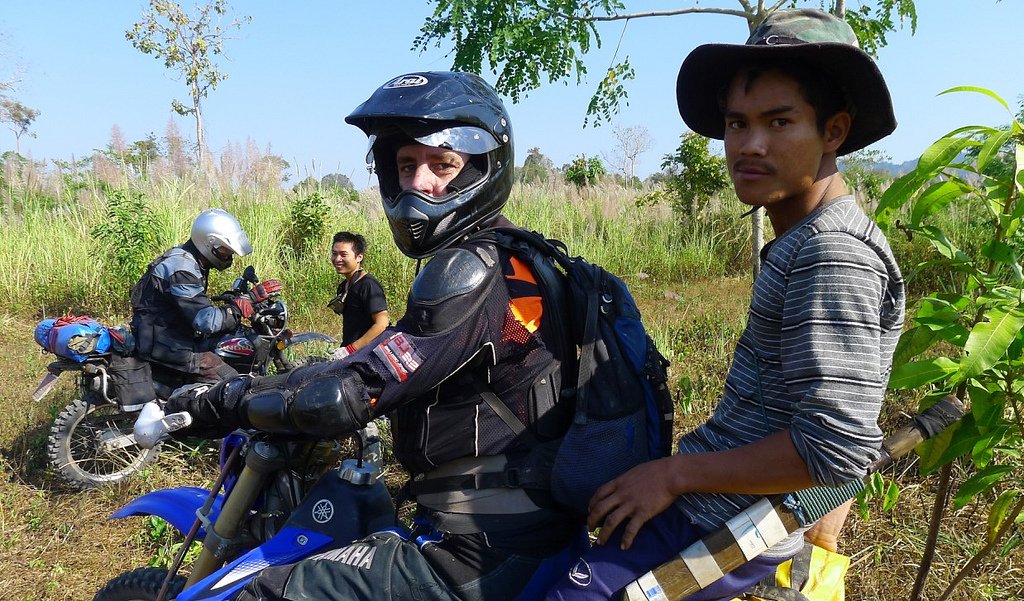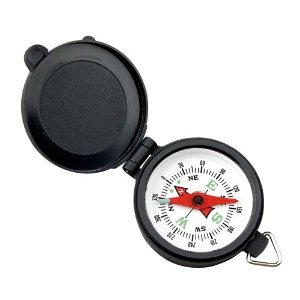Or I just make it short and simple...
Everyone knows how to read a map I'm sure...so don't leave home without one. When our gadgets give up we can take it out and by using a compass (shouldn't leave home without one either) we can measure any points of reference and trace them on the map. ideally 3 points, anywhere between 60 and 120 degrees apart. The resulting point (most likely a triangle) is your position.
No compass, put a stick in the ground, the point where the shadow is shortest points to North when looking from the base of the stick (in the northern hemisphere). Otherwise use these:
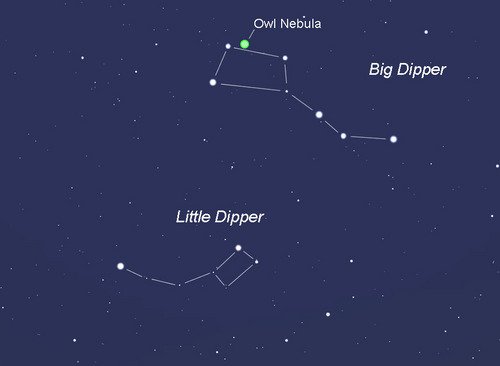
Polaris is not always easily visible due to today's pollution, especially here where it is close to the horizon. The Big Dipper is mostly easily visible and recognizable, extending the 2 outermost stars five times the distance between them will give the position of Polaris, even if it is not clearly visible. Also, when horizontal the Big Dipper will lie directly over North.
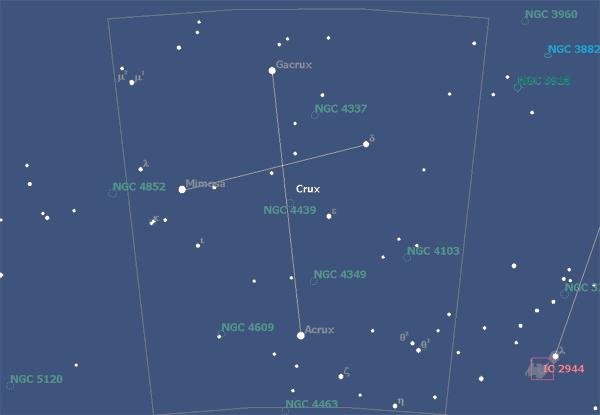
Another great reference, clearly visible in our location is of course the Southern Cross. Acrux, the star at the base is the closest to South...visually the Southern Cross rotates around the South Pole and the extension if the cross through Acrux will always show true South.
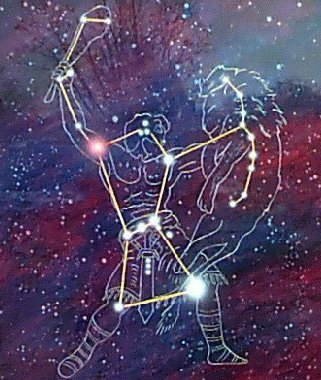
When the aforementioned constellations are asleep then Orion will guide the way. Orion in itself is not easily recognizable, but...the 3 stars that make up the belt of the mighty hunter and the nebula of Orion that highlights the sword make for an arrow like figure. This "arrow" always points towards North, so positioning yourself parallel along the arrow will see you travelling north.
Now remember that stick in the ground?
If you are lost in the middle of Mongolia somewhere and really need to find your position to know which way to travel next then make sure the watch you never leave home without has GMT on it.
When the shadow from the stick is perfectly aligned South-North mark the point of the end of the shadow and mark the exact time.
Your Longitude is given by your GMT time (difference to noon) - 15 degrees for every hour (example if it is 15:35:30) you are at 45,35'30" East
Your Latitude is 90 degrees minus the angle from the tip of the shadow to the top of the stick...plus 1/4 degree for every day after fall equinox going into winter solstice (+23.5deg) or from summer solstice going to fall equinox and minus a 1/4 degree for every day from winter solstice to spring equinox or from spring equinox till summer solstice (-23.5deg).
In the south hemisphere of course deduct form 0 degrees and reverse minus and plus.
Sorry if I didn't go into the detail that much anymore...but this should already give you a very good idea and let get more info if you really need to. I hope, and strongly suggest, that everyone actually just try it out.



